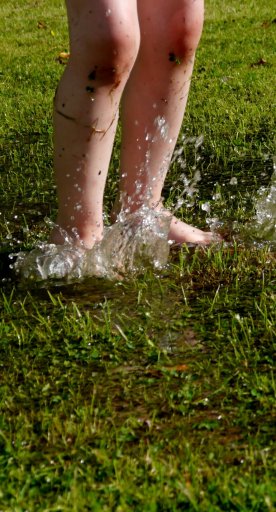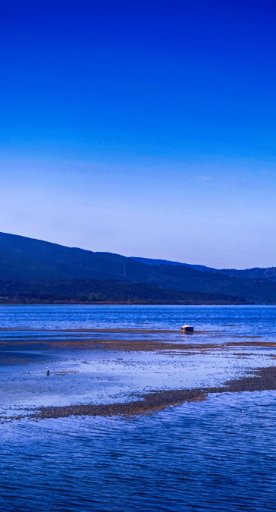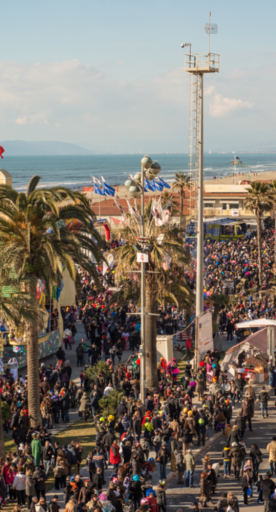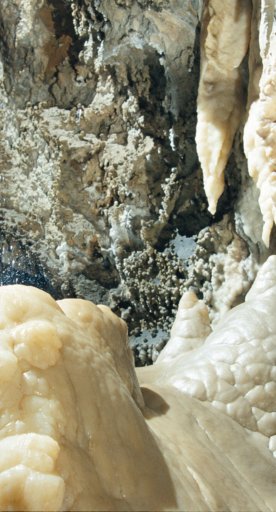
The flavours of Versilia
A mini-guide to the typical dishes of Versilia, including its famous seafood
Versilia is a stretch of land along the coast between the sea and the Apuan Alps. Because of its proximity to the water, the area has developed a close relationship with the sea over the centuries, especially for commercial reasons, notably when the Versilia was a marshland and relied on agriculture. Beginning in the 1400s, a series of projects were undertaken to make the land more usable and commercial fishing became increasingly popular.
To this day, the Versilia’s location has a significant impact on the area’s cuisine, which mixes the flavours of the sea and the mountains, like spelt and fish, or shrimp and calamari baked with spelt and topped with olive oil and tomatoes. The food you can find today in the Versilia has a distinctly international flavour dating to the foundation of Viareggio as Italy's first bathing resort in 1827, making this region a major destination for international tourists.

Our tour of the Versilia’s cuisine stars in Viareggio, the main fishing port in the area and which to this day bears traces of its seafaring roots. It's worth your time to visit one of the many morning fish markets in town, like the centrally located piazza Cavour, which is surrounded by historic shops including the Volpe fishmonger's.
One of Viareggio's best known and oldest dishes is cèe in padella, pan fried eel traditionally made with garlic and sage and recently reinterpreted with the addition of lemon zest. This dish has strong roots in Viareggio’s traditions and is made with eel fry (locally known as cieche or cèe) which, once upon a time, were caught as they swam up the mouth of the Burlamacca River. Today, this fishing practice is forbidden and the eel fry are farm-raised. Viareggio also offers sparnocchi con fagioli, a local shell fish cooked with beans.

Moving on to Camaiore, you can try scarpaccia, a traditional vegetable cake that’s savoury here, unlike in the rest of the province. Lido di Camaiore is home to a risotto with cuttlefish and swiss chard, which again mixes the flavours of the sea and the mountains. Or you can taste octopus, which is often prepared with potatoes and local olive oils rather than with tomatoes like in the rest of Tuscany. Another local specialty is the biroldo, a flavourful pig blood sausage.
Heading up the coast we find cacciucco, cooked in a traditional cast iron pot, which in the Versilia is cooked with less spices than in other areas and is made with a generous amount of shellfish and seafood to give it a slightly sweet aftertaste. You can also try spaghetti alla trabbaccolara or with razor clams; second dishes include grilled fish served with local olive oil.

Our last stop is Forte dei Marmi. Originally a commercial port for marble exports, it still has the squat blockhouse which stood guard on the coast, but nothing else remains of the sailor's town that this was before it was transformed into one of Europe's hottest tourist destinations after WWII. The cuisine had to rise to the occasion and a few of Italy's best-regarded seafood restaurants can be found here.













































